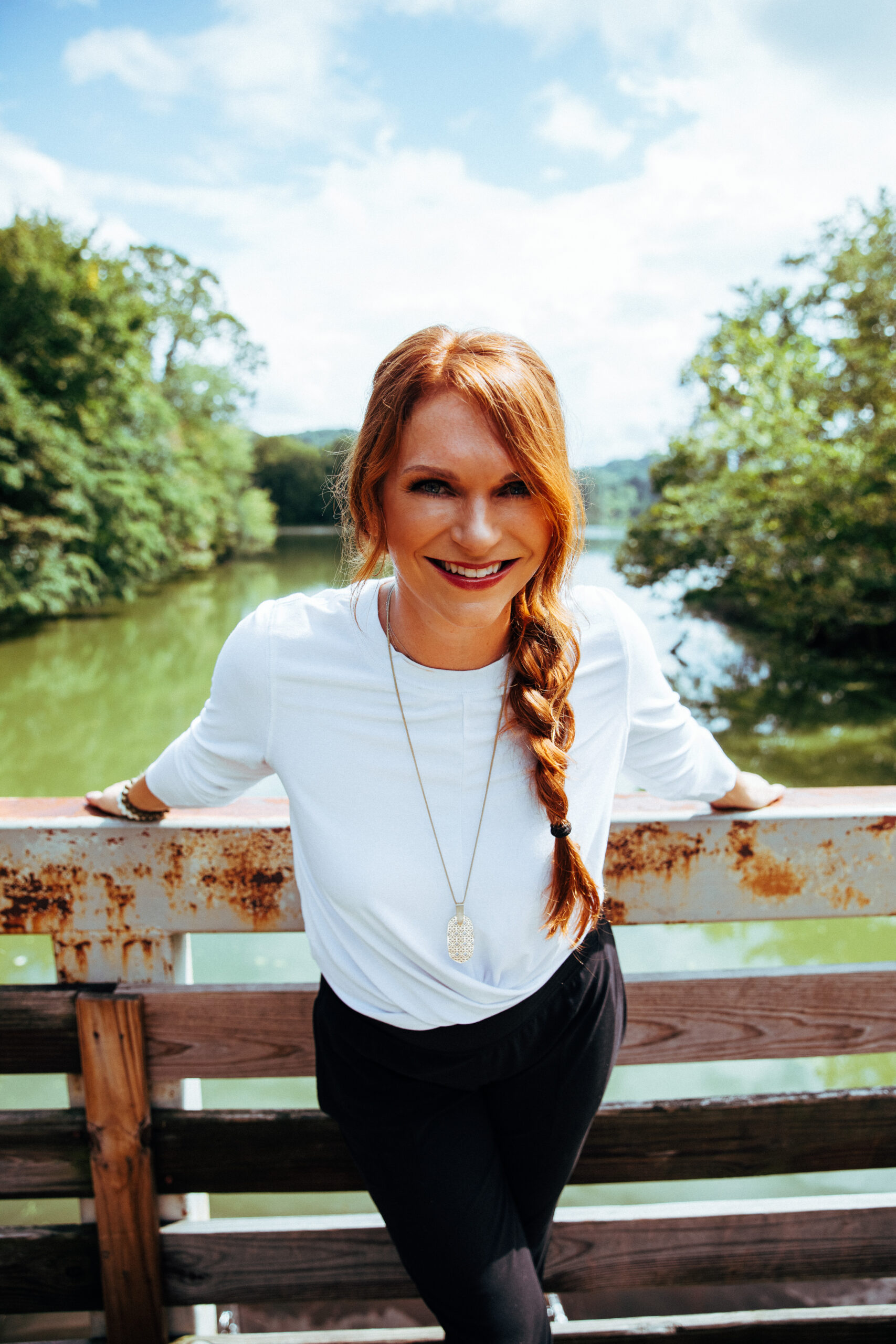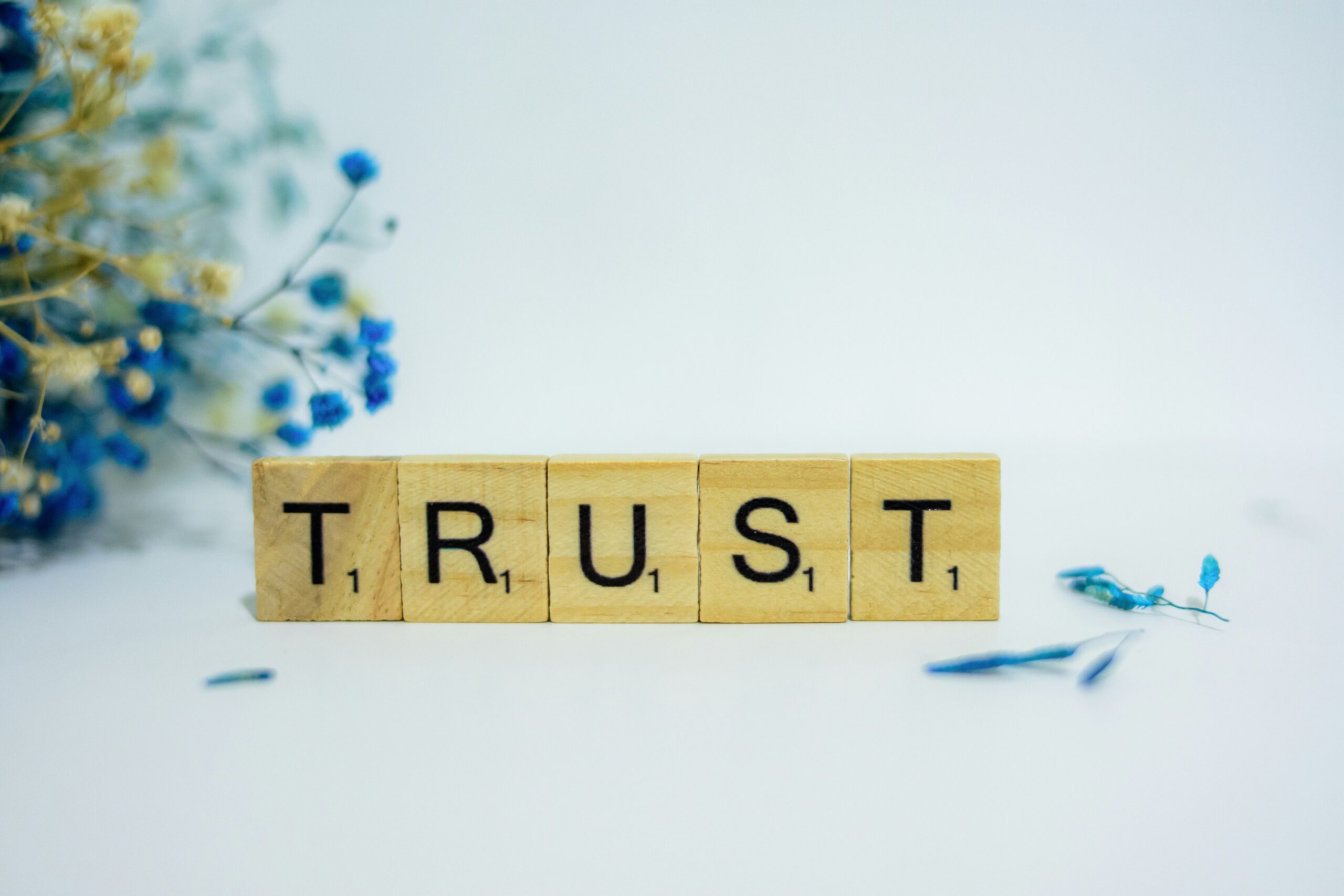I’ve got something on my mind that’s been swirling around for the last 15 years. You see, there’s a huge misconception out there about what a personal brand actually is.
Most people assume it’s all about your online presence, your follower count, or your fancy website. Yes, those things are important (I mean, here I am writing this blog post that you’re reading online…the irony isn’t lost on me). But those aren’t the foundation of your personal brand.
So let’s set the record straight.
Your Personal Brand Is Your Reputation—Digitized
At its core, your personal brand is just an extension of your reputation. It’s the formalization of what you want to be known for and who you want to be known by. It’s about being intentional—taking control of how people perceive you both online and offline.
Too often, we get caught up thinking personal branding is all about social media or visual identity. It’s not. Yes, those things matter, but they’re only a small part of the picture. A personal brand is really about becoming known for the value you provide, not just what looks good on your Instagram feed.
But since everybody wants to know about how to look good on Instagram, let’s talk about it. More broadly, let’s talk about your visual identity and how it fits into the bigger picture.
Why Visual Identity Is NOT the First Step of Personal Branding
When most people think about branding, the first thing that comes to mind is the visual side: logos, fonts, and colors. And yes, you need those things at some point. But here’s what my friend Nadine (who owns We Are Visual and Digital Brand Kit) told me: Don’t hire a designer as your first step.
Yes, you read that correctly.
Instead of hiring a designer, spend time with your audience. Understand who you’re serving and how they want to be impacted. Dive into your content and ask yourself, “What value am I providing?” That is the foundation of your brand, not what your website looks like. If you skip this step and jump straight into designing a logo, you’ll be missing the most important piece—connection with your audience.
Visual identity comes after you’ve nailed down who you are serving and what they need from you.
Follow Truths, Not Trends
Another tip Nadine shared with me: Follow truths, not trends. This one really resonated with me. It’s easy to get sucked into what’s hot right now—neon colors, metallics, or whatever is trending on social media. But trends come and go, and you don’t want your brand to be outdated the minute the next big thing rolls around.
Instead, focus on what’s true about you and your content. What’s the core message you’re delivering? What’s authentic to you? That’s what your visual identity should reflect. Not what’s cool right now, but what will resonate long-term with your audience.
And trust me, it’s tempting to base your brand on trends. I’ve been guilty of sending photos of colors I liked in restaurants to designers, thinking, “Hey, this could work!” But that’s not the way to build something lasting.
What You Really Need for Your Visual Identity
When you finally get to the point where you’re ready to focus on the visual side of your brand, here’s a quick rundown of what you’ll actually need. According to Nadine, it’s more than just a logo and color palette. You’re going to need:
- Colors and Fonts – Yes, these are the basics, but they need to reflect your core identity, not just look pretty.
- Logo and Iconography – A visual representation of your brand.
- Brand Imagery – This is where full-on photography comes into play. Think about images for social media, websites, quotes, etc.
- Banners for Social Media – Every platform has different dimensions, so you’ll need different sizes for Facebook, LinkedIn, Instagram, and YouTube.
- Slide Decks – If you’re speaking or doing webinars, you’ll need these to stay on-brand during presentations.
- PDFs, eBooks, and Handouts – For workshops, lead magnets, downloads, and anything you’re giving to your audience.
- Speaker Press Kit and Webinars – If you’re speaking or running courses, you’ll need visuals for that.
- Ad Images, Media Kits, and Thumbnails – For paid traffic, your own podcast, pitching to be on other people’s podcasts, YouTube, etc.
And the list goes on! It sounds overwhelming, I know. But the key is to focus on what’s true about you and build from there. Don’t get bogged down in what’s trending or how fancy your visual identity is. Focus on the impact you want to make first.
It Doesn’t Have to Cost a Fortune
Here’s the best part—you don’t need to break the bank to get all of this done. I’ve gone almost 15 years without having a formal visual identity. No fancy website, no branded colors or fonts, and guess what? Things have worked out just fine.
Of course, there comes a time when having a polished visual identity makes sense. But you don’t have to spend $20,000, $50,000, or even $100,000 to get there. You don’t even have to spend $10,000. For example, Nadine’s company Digital Brand Kit offers pre-designed templates, color palettes, and all the things you’ll need to get started without getting stuck in the visual identity weeds. It’s a great way to get what you need without the overwhelm—and it won’t cost you a fortune.
The Bottom Line: Focus on Your Audience, Not Your Aesthetic
If you take nothing else from this, here’s what I want you to remember: Your personal brand is not about what you look like. It’s about who you’re serving and the impact you’re making.
Visual identity matters, but it’s not everything and it certainly isn’t the starting point. Don’t get so consumed with fonts and colors that you lose sight of why you’re doing this in the first place. Spend time with your audience, focus on delivering value, and the rest will come.
And when the time is right for you to formalize your brand identity, you can do it in a way that aligns with who you really are—not just what’s trendy. If you’re ready to take the next step in building your personal brand, I highly recommend you check out Digital Brand Kit. It’s a great resource to help you get started without getting stuck (or going broke).










